How to Get Rid of Clover in Your Lawn

By Alexa Erickson
A well-manicured lawn is a stunning sight. It’s easy to appreciate a dreamy patch of luscious grass and the way it accents a beautiful home. Time, money, labor, and appreciation all go into it. If you’re one of those people who pays close attention to keeping your lawn in pristine condition, you're probably familiar with clover, a common weed found in lawns that, while not particularly damaging, is a nuisance.
Here’s what you need to know about how to identify clover in your lawn, and a few ways to get rid of it and keep it away for good.
Photo via Shutterstock
How to Identify Clover
Clover is a low-growing perennial weed that can feature small, round, white or pink flowers. The flowers bloom in early spring and late fall, and often have bees buzzing around them. There are many varieties of clover, but all have the leaf structure of three round leaflets situated on the tip of a long stalk (like the decor you'll see on St. Patrick's Day!). The small blooms form in a spherical cluster.
Is Clover Harmful to Lawns?
In short, no! Clover is a weed that quickly infiltrates lawns, fields, ditches, and more. But, the weed is actually capable of fixing nitrogen in the air and soil and creating its own fertilizer, especially when you return clover clippings to the lawn after mowing. For this reason, clover is actually added to some grass seed mixes to promote an easy-maintenance lawn that looks thick and green.
However, many homeowners find common clover to be a nuisance that can make lawns look messier than straight blades of green grass. Clover also spreads quickly, so if you see it and don’t want it, you need to take action immediately.
Photo via Shutterstock
How to Get Rid of Clover in Lawn
There are several ways to get rid of clover in the lawn. Here, we’ve rounded up some of the top remedies.
Fertilize the Grass
Clover makes its own natural fertilizer, while grass requires someone to fertilize it to thrive. If you fertilize your grass with fertilizer in spring and fall, the grass will have the growing advantage over the clover. Opt for an organic slow-release fertilizer that’s rich in nitrogen, like animal manure or blood meal.
Adjust Mowing Height
Clover is a low-growing weed and thrives when the grass is snipped short, which lets it breathe and soak up more sun. To suffocate the clover, mow the grass high, keeping the blades above three inches tall at all times.
Pull by Hand
If you’re surveying your lawn closely and notice clover early, a great way to eradicate an infiltration is to tug the clover out of the ground by hand or with a shovel. Since clover's flowers drop seeds, therefore spreading the clover, try to pluck out clover from your lawn before it starts flowering. As you pull, be mindful that you loosen the soil around it to break up any remaining roots.
Apply Corn Gluten Meal
Pick up some corn gluten meal at your local gardening center and spread it over your grass, following directions from the manufacturer. The product destroys weeds like clover while fertilizing the grass by releasing organic matter into the soil, drying out clover seeds, and making the weed hard to sprout.
Spot Treat
For small areas covered in clover, mix a few drops of dish soap with a few drops of vinegar in a spray bottle. Douse the clover clumps with the solution. The vinegar will dry out the clover leaves and stalks, while the dish soap makes sure that the solution adheres to the plant. To fully eradicate the plant, you may have to spray this solution on the clover over the course of a few weeks.
Plastic Sheeting
Clover requires proper oxygen and sunlight to survive. If you deprive it of these things, it will kill the weed. For large clover patches, try placing opaque plastic sheeting or a garbage bag over the clover. Secure the corners with stakes, and the weed should die within a few weeks.
Kill with an Organic Herbicide
Clover is resilient and may need the help of an organic weed killer to get the job done. But don't go reaching for any old weed killer: You must be mindful to purchase something that won’t also kill the grass! There are a few chemical-free herbicides out there, like Weed Beater Fe or A.D.I.O.S. Selective Weed Control. Both are known to eliminate clover while keeping grass healthy.
How to Prevent Clover from Coming Back
Once you’ve removed all signs of clover, the best way to prevent it from coming back is to maintain a proper moisture level in your lawn. Water your lawn deeply once or twice a week, and only when the lawn shows signs of dryness. Soaked grass makes a proper environment for seed germination, while very dry conditions stress grass out, which also encourages weed issues.
How to Test Lawn Dryness
Also, be sure to keep your grass well fed. This will remove the chance of clover creeping in to take advantage of nitrogen-depleted soils. Use a lawn food containing slow-release nitrogen. Plus, a well-fed lawn will make for a fuller, thicker lawn that crowds out clover.
Do you have additional tips for how to get rid of clover in your lawn? Comment below!
Enjoyed the project?
Comments
Join the conversation
-
 Dee
on Apr 15, 2022
Dee
on Apr 15, 2022
I have tried everything short of setting it on fire. Nothing works for me.
-







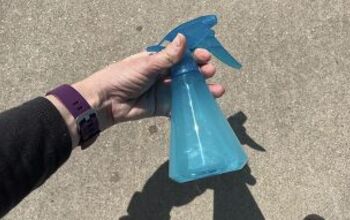
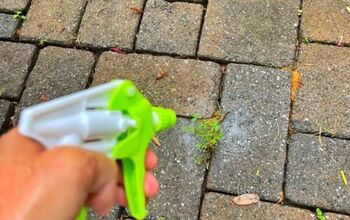
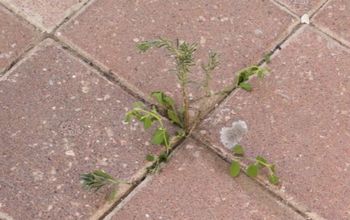
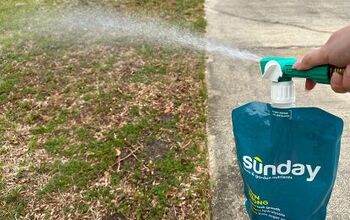
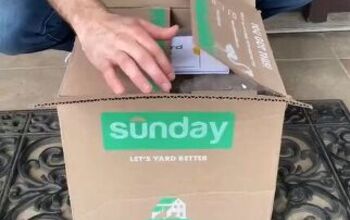
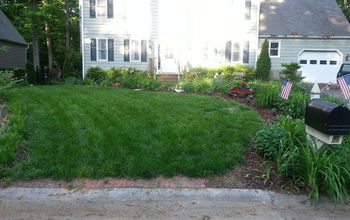
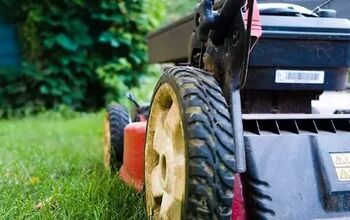


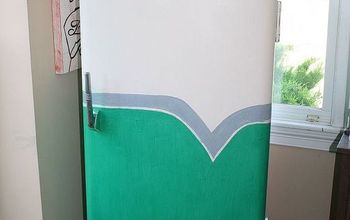
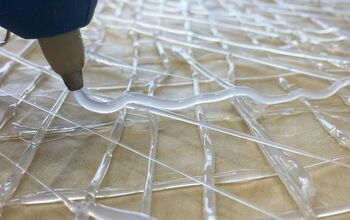
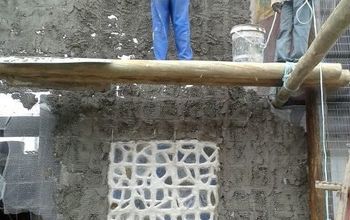


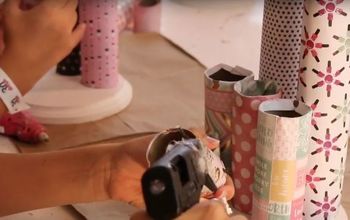

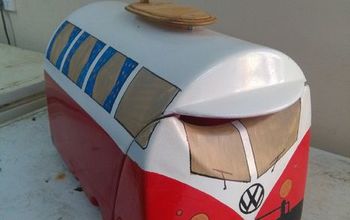

Frequently asked questions
Have a question about this project?